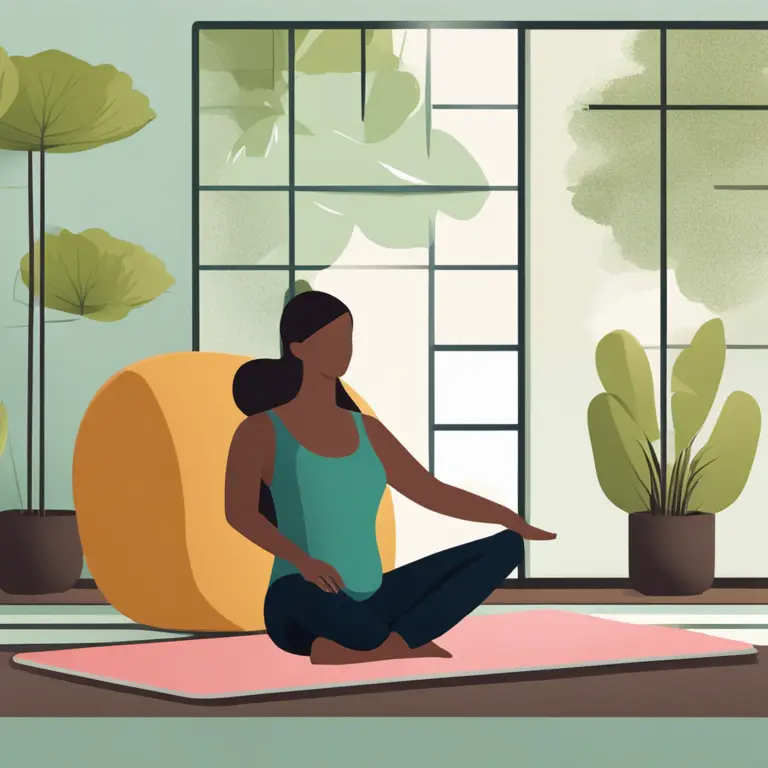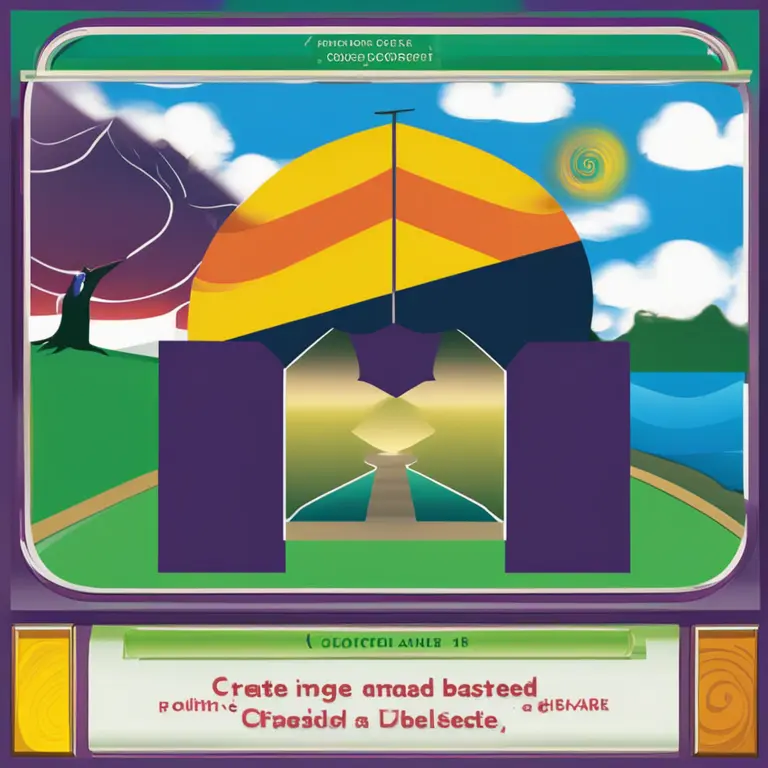
Exploring The Basics of Mindfulness Meditation
Learn the basics of mindfulness meditation with straightforward, practical steps tailored for beginners.
article by Hina Kurosawa
Understanding Mindfulness Meditation
Meditation is an age-old practice, but in recent years it has surged in popularity due to its well-documented benefits. Mindfulness meditation involves maintaining a moment-by-moment awareness of our thoughts, feelings, bodily sensations, and the surrounding environment with openness and curiosity. It's about being fully present in the now, without judgement or distraction. For beginners, approaching mindfulness can seem daunting, but with the right guidance, it becomes an accessible and enriching habit.

Setting Up Your Space
The environment where you meditate can significantly impact the quality of your practice. Find a quiet, clutter-free area that fosters relaxation. This doesn't mean you need a dedicated meditation room—a corner of your bedroom or a comfortable chair will do. The key is consistency; meditating in the same space regularly can help condition your mind to enter a state of mindfulness more quickly over time. Make sure your meditation area is free from distractions such as electronic devices or loud noises.

Starting Your Practice
To begin, dedicate a realistic amount of time for your practice—five to ten minutes is a good starting point for beginners. Sit in a comfortable position, with your back straight to promote alert attentiveness. The aim is to find a balance between relaxation and focus. Close your eyes, unlatch from the distractions of the outer world, and turn your attention inward. It's essential not to strain or over-exert yourself—the practice should feel gentle and natural.

Embracing the Breath
Your breathing is a powerful anchor to the present moment. Pay attention to the rhythm of your breath, its depth, the way your body moves with each inhale and exhale. When your mind wanders, as it inevitably will, gently guide your focus back to your breath. This return to the breath is where the practice unfolds, helping you cultivate patience and resilience against the mind’s chatter.

Fostering Awareness
Mindfulness goes beyond just noting that you're breathing; it encompasses a full awareness of your present experiences. Be mindful of the sounds that drift in, the sensations on your skin, the temperature of the air. Observe your thoughts and emotions without clinging to them—imagine them as clouds moving across the sky of your mind, present for a moment, and then passing by.
Ending Your Session
When your meditation time ends, ease back into the rhythm of your daily life gradually. Open your eyes slowly, move gently, and take a moment to observe how you feel. It's likely that you'll notice a sense of calm and clarity. Acknowledge this as a result of your practice, which can encourage you to continue meditating regularly.
Consistency and Patience
As with learning any new skill, consistency is crucial. Meditate daily, even if it's just for a few minutes. Over time, you may extend your sessions as you become more comfortable with the practice. Remember, mindfulness is a journey—there's no rush, and each moment of awareness is a step forward. Be patient and kind to yourself as you develop your meditation practice.
Published: 1/18/2024
Modified: 1/18/2024
More predictions
Come back here soon to learn more about yourself and your future


Can Meditation Impact On Depression?
Meditation can be a powerful tool for mental health. Discover whether incorporating a meditation practice can alleviate depressive symptoms.


The Significance of Modern Meditation
Discover the crucial role meditation plays in fostering well-being, focus, and balance in today's fast-paced world.


The Origins of Meditation: Tracing Its Historical Roots
Discover the historical origins of meditation, its transformation through time, and its profound impact on various cultures around the world in this insightful article.